History/driving impressions originally published in AutoWeek May 5, 1986; republished by the author.
When the final history of the Nurburgring is written, when the last word have been spent on that asphalt serpent writhing 14 miles through the tall dark evergreens, its great story told once and for all, no grander chapter will there be than that on the BMW 3.0CSL, lightweight conqueror of the Capri, champion of the European Touring Car circuit in the mid-‘70s, and favorite son of the Fatherland.
Yet there is more to the tale than racing, more than the records set at the ‘Ring by Niki Lauda in 1973 and Hans Stuck Jr in ’74, more than Ronnie Peterson at the wheel with 1000 horsepower of turbo’d bat-winged Bimmer underfoot, more than privateer championships in ’75, ’76, and ’77, more than Peter Gregg’s runner-up to the IMSA GT crown in 1976. That “more” is the road car, the CSL and the CSiL.
That there were any road cars at all was due to FIA homologation rules. Burkard Bovensiepen, owner of the tuning firm Alpina and an ETC competitor, started it all by taking a class victory and ninth overall at the ’69 Spa 24 Hour race in a 2800CS. This reportedly caused some consternation back in Munich where the Tyrolean caps were more set on seeking racing glory by turbocharging the 2002.
Yet BMW knew a good thing when it was shown to it. With the BMW 2800CS due to be replaced by the 3.0CS in 1971, Paul Hahnemann and Bernhard Osswald invited Bovensiepen to Munich to discuss a special lightweight version of the new coupe, something that would solve the 2800’s main problem: As a luxury grand tourer, it weighed too much.
Bovensiepen oversaw the development of the prototype at Karmann, which was already scheduled to make the 3.0CS body. The prototype added lightness by the usual methods: thin, lightweight steel throughout the structure; aluminum hood, fenders, door skins, and trunklid; hood and trunklid springs replaced with props; fiberglass rear bumper, no front bumper; little insulation.
Then there were the not so usual methods: lightweight windshield, plexiglass side windows and backlight, electric lifts eliminated for windows, fixed rear windows; lightweight Scheel racing seats front and rear; light 36-amp battery. Even the trunk was stripped. Its lid-mounted tool kit was left out.
When the prototype arrived in Munich on April 5, 1971, it weighed about 450 pounds less than the standard coupe. The decision was made to build the 3.0CSL.
At first the 2985cc engine from the CS was used, but to be eligible for the FIA’s over-three-liter class starting in August 1972, the engine was bored out by 0.25mm for a displacement of 3003cc. The increase was accompanied by the Bosch D-Jetronic fuel injection, making the CSL—at least the road version—the CSiL. Actual homologation was not reached until November, 1972 when the required 1,000 cars had been produced. The BMW 3.0 CSL began racing in 1973.
But most of the lightweight coupes never saw the green flag. Such is the beauty of homologation. It spins off such lovely playthings for those with the proper attitude. Such as Lee Barnes’ BMW 3.0 CSiL.
Originally imported and “federalized” privately by Excluservice of Rockville, Md.—BMW brought only racing CSLs to the U.S.—Barnes’ coupe is like many that hit the strasse in Germany. Bumpers were added, and glass replaced the plexiglass windows. For DOT certification, safety glass replaced the thin original. And all-steel doors replaced the lightweight aluminum ones.
Never you mind, the car still has a solid punch from its sohc inline six, the shifter worked like it should and the limited slip differential assures two black lines on the pavement should one be the least overenthusiastic with the throttle, let alone the clutch, in first gear. Even with the 225/50VR15 rubber Barnes has installed the tail can be hung out with power.
The tires can always be heard working, however. Despite the typical BMW interior, the tray type dash and so forth, the lack of insulation is apparent. There’s a plethora of mechanical noise as well. But these are the sounds of a healthy machine. The valves don’t clatter, they sing. Rev it up—the torque at lower revs is enough to make one forget about the upper ranges unless one looks at the tach—and there’s a sound as angry as a North Sea gale.
The final version of the 3.0 actually measured 3153cc, and racing versions reach 3.5-liters, turbocharged, requiring batwing rear spoilers to hold them on the track. Ironically, these caudal appendages were illegal for road work in Germany, so when the homologating models were delivered to German buyers, the wings came in, not on, the trunk.
This is hardly the stuff BMW’s market planners had in mind when they created the 3.0 CS or the 3.0 CSi, a luxurious grand tourer. That it is and that it remains. Except for the lightweight coupe, the black sheep son that brought pride to the Fatherland.






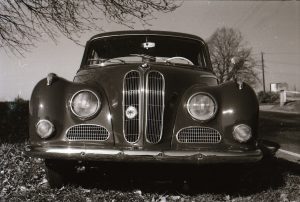


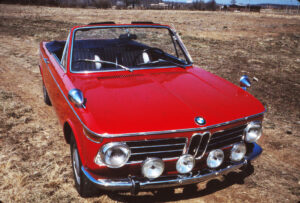
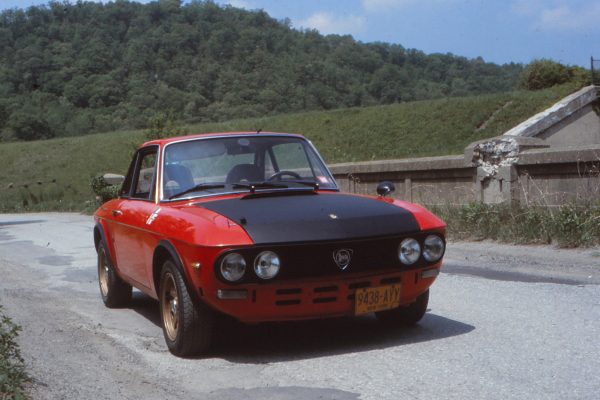
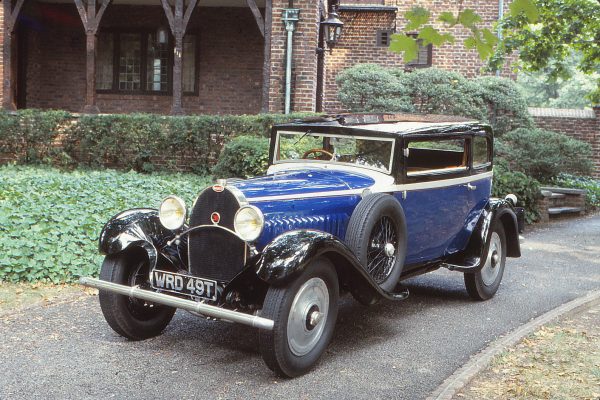
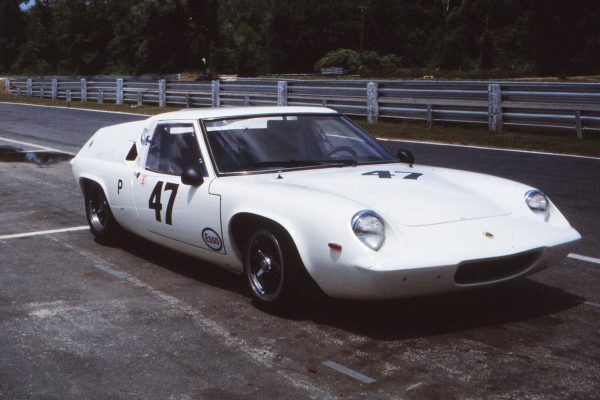
What Do You Think?
You must be logged in to post a comment.